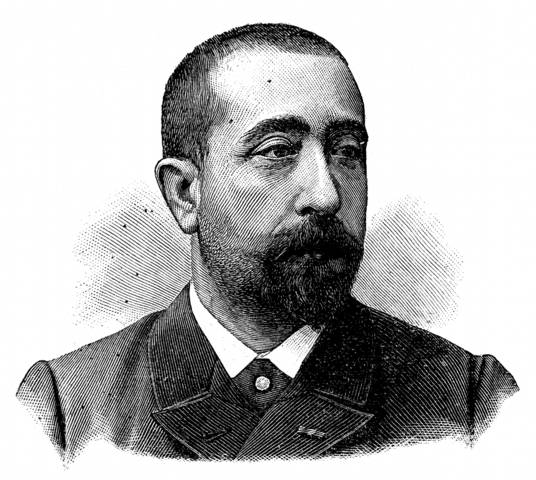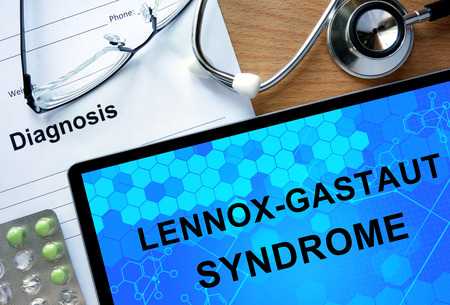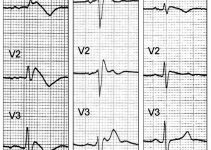The Tourette syndrome, or Tourette’s, in short is a neurological disease that is characterized by stereotyped, repetitive, involuntary movements and also vocalizations called tics. It is named after the famous Dr. Georges Gilles de la Tourette, who first identified this condition in an octogenarian French woman in 1885. Tics can either be complex or simple.
- Simple: They include only one muscle group
- Eyeblink
- Shoulder shrug
- Head jerk
- Complex: They make use of more than one muscle group, and the body of the face of the affected individual may contort.
- Touching someone
- Jump
- Sniff
- Making an indecent gesture
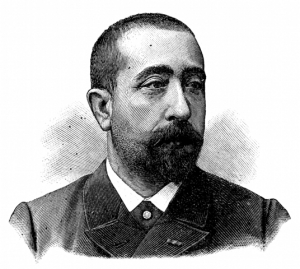
When does it usually occur and how common is it?
The initial symptoms of Tourette’s generally surface first in one’s childhood, with the average onset is found to be between three and nine years of age. All ethnic groups suffer from this disease and men suffer as much as thrice or four times in comparison with women. It is observed that two hundred thousand Americans suffer from the most severe type of this disorder and one in every hundred persons display less complex and comparatively mild symptoms like vocal or chronic motor tics. In spite of the fact that it is a chronic condition whose symptoms tend to last a lifetime, a vast majority of the patients experience the worst during their early teen years, with improvement happening in their late teen years and succeeding into adulthood.
Causes of Tourette Syndrome
While the researchers are yet to discover what causes Tourette’s, present studies suggest any abnormality in any one or more of the following parts of the human body may be responsible for its manifestation.
- Certain regions in the brain
- Basal ganglia
- Cortex
- Frontal lobes
- The circuits interconnecting the areas mentioned above
- The neurotransmitters that regulate the communication among the nerve cells
- Dopamine
- Norepinephrine
- Serotonin
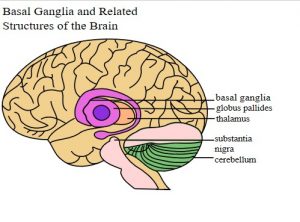
Symptoms of Tourette Syndrome
It is vital to understand that the primary symptom of Tourette’s is tics, and some of them are so diminutive that they are barely noticeable, while others are evident and occur often; and excitement, sickness, or stress do tend to make them worse. Tics that are more severe can affect one’s work or social life and can be embarrassing. The tics can be classified into the following two types.
Motor Tics that Include Movement
- Head or arm jerking
- Making a face
- Blinking
- Shoulder shrugging
- Mouth twitching
Vocal tics
- Clearing one’s throat
- Yelping or barking
- Grunting
- Coughing
- Shouting
- Repeating anything that is uttered by others
- Swearing
- Sniffing
Diagnosis
No specific tests exist for the diagnosis and it is done after evaluating the history of one’s symptoms and signs. The following factors are taken into account at the time of performing a clinical diagnosis.
- Both the vocal and motor tics are present, but not necessarily at the same point of time
- The tics are occurring several times daily, almost intermittently or every day, and last over a year
- The tics start before the age of eighteen
- No medications, other chemical substances, or any medical conditions are causing the tics to happen
- Tics aren’t caused by medications, other substances or another medical condition
The specialist may ignore the diagnosis of Tourette’s, as the signs can resemble symptoms of other conditions. Sniffling might be associated with allergies in the beginning, or eye blinking could be attributed to vision problems.
Both the vocal and motor tics can be induced by other medical conditions excluding the Tourette syndrome. The health care professional might also recommend the following test to eliminate other probable causes.
- MRI
- Blood tests
Differential Diagnosis
- Dystonias
- Choreas
- Sydenham’s Chorea
- Idiopathic Dystonia
- Huntington’s
- Neuroacanthocytosis
- Duchenne Muscular Dystrophy (DMD)
- Hallervorden-Spatz syndrome (HSS)
- Wilson’s
- Tuberous sclerosis
- Down syndrome
- XYY syndrome
- Fragile X syndrome
- Klinefelter syndrome
- Lesch-Nyhan syndrome (LNS)
- Substance induction
- Stroke
- Trauma
- Encephalitis
- Carbon Monoxide (CO) poisoning
- Developmental disorders
- Autism spectrum disorders (ASDs)
- Stereotypic movement disorders (SMDs)
Treatments
The tics can be found to be mild in many cases, and hence, they do not require any treatment. But if they start posing problems; a medical practitioner may suggest medication, and it can take some time to gauge the right dose, the one that will effectively manage the tics albeit any adverse effects.
The following medications are often prescribed.
Brand name: Generic name
- Haldol: Haloperidol
- Orap: Pimozide
- Prolixin: Fluphenazine
Note: These drugs work on dopamine for regulating the tics.
- Prozac: Fluoxetine
- Zoloft: Sertraline
- Paxil: Paroxetine
Note: These drugs reduce obsessive-compulsive symptoms, sadness, and anxiety.
- Tenex or Intuniv: Guanfacine
- Catapres: Clonidine
Note: High blood pressure medicines like these are also used to treat the tics.
One may also consider talk therapy along with the prescribed medication. A counselor or a psychologist can guide the patient and impart training on managing the social issues that the tics and other associated symptoms may cause. The affected individuals can also get benefitted from behavior therapy. A specific kind, known as the habit-reversal training or habit reprogramming teaches people with Tourette’s how to identify an incoming tic and then proceed in such a manner that stops it.
Prevention of Tourette Syndrome
Though it is not possible to prevent Tourette syndrome, early detection and prompt treatment can help to mitigate the severity of the disease and prevent a number of issues caused by this disorder.
Prognosis
The condition in a large number of people improves in their late teens or early twenties. As a consequence, some of them may no longer require tic-suppressive medication or literally become symptom-free. Although Tourette’s is usually a chronic illness that lasts a lifetime, it is not degenerative. The life expectancy of individuals who are diagnosed with Tourette syndrome is found to be statistically normal.
Also, this disease does not have any role in impairing one’s intelligence. It is worthwhile to note that a person affected with this syndrome can still face issues from other neurobehavioral disorders like ADHD, depression, OCD, panic attacks, generalized anxiety, and mood swings; irrespective of the fact that the symptoms associated with Tourette’s typically decrease with age.
